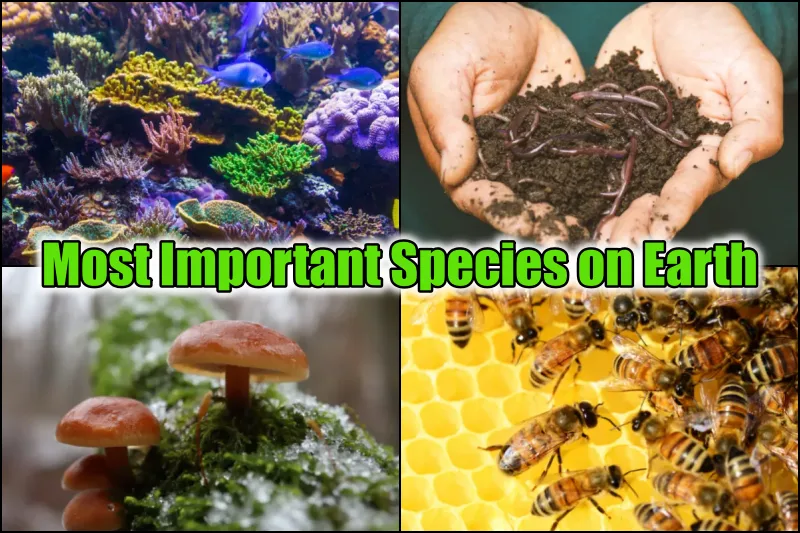Coined by Robert T. Paine, the term “keystone species” over the past couple of years has witnessed an overwhelming surge in its popularity. Under the wave of conservation, keystone species have become a pivot point with their increasing awareness among the people.
Keystone species are those organisms that play a critical role in maintaining the balance of the ecosystem it is a part of. They support and sustain other species in the ecosystem, directly and indirectly, and assist in maintaining other species’ populations as well.
These animals can be any producer, predator, prey, mutualist, or even ecosystem engineer. Among the multiple keystone species, it has always been a subject of wonder as to which are the most important ones. Therefore in this article, we will be discussing the Top 10 Most Important Species on Earth.
Top 10 Most Important Species on Earth
10) Coral reefs
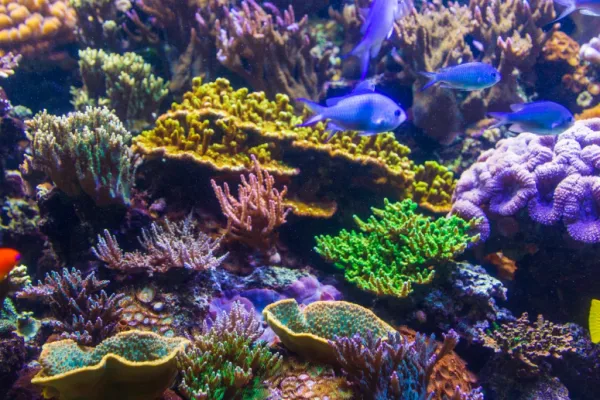
Humanity’s connection to the oceans cannot be denied. From food to recreational activities, we all rely on our oceans. So, in the 10th position on our list of Most Important species on Earth, we have coral reefs.
Coral reefs are the trees of the ocean. They hold on to the soil and hence prevent shoreline erosion. Corals accommodate multiple species of fish, whose lives revolve around the reefs.
An estimated half a billion people rely on corals for their daily life and income. Corals support humanity with commercial fishing and are also a means of generating income through recreational activities.
9) Squirrels

Now, you might wonder why we have placed these fluffy little animals on our list. Well, squirrels contribute more to the environment than we can ever imagine. These creatures mainly feed on nuts, grains, seeds, and fruits.
Often, they hide nuts and seeds in the ground and then forget about it. This habit of theirs helps immensely, especially in the forests where squirrels can be credited to have planted almost 60% of the trees.
These trees, in turn, help humans in uncountable ways, and therefore squirrels are one of the most important species on Earth.
8) Bats

The recent coronavirus outbreak has placed bats in quite a position of hatred. Little do we know that these are one of the most important animals to humans.
Bats are nocturnal creatures. They have poor vision but excellent hearing ability which they use to catch their prey by echolocation.
Bats primarily forage on insects and, therefore, help to keep their population in check. Bats suppress these arthropod populations, which would have otherwise fed on food crops or spread diseases.
Fruits bats are an essential mode of pollination and seed dispersal and are therefore one of the most important species on Earth.
7) Birds
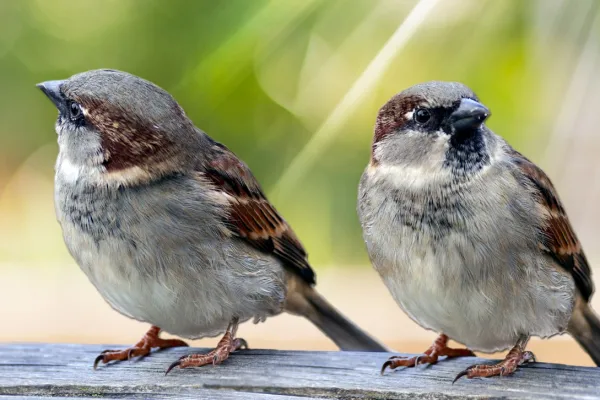
These feathery-winged creatures contribute more to the ecosystem than we can ever imagine. Birds, especially Hummingbirds, pollinate a large number of trees around the globe. They consume fruits, the leftovers of which support life on the ground.
They disperse seeds grow into trees, and add to the Earth’s green population. Insectivorous birds keep the rising arthropod population under control, which would have otherwise ravaged farmlands and destroyed food crops.
Birds like chickens, ducks, and many others serve to be an essential food source and are therefore one of the most important animals to humans.
6) Nitrogen-Fixing microorganisms
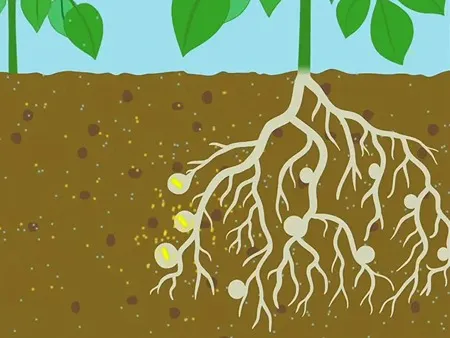
Nitrogen-Fixing bacteria’s role in sustaining the ecosystem and the Earth is immense. As we know, the atmosphere is made up of nearly 75% Nitrogen, which is highly essential in building proteins.
These bacteria convert the free nitrogen present in the atmosphere to soluble nitrites and nitrates. Plants then take these up by their roots.
Nitrogen-fixing microorganisms are essential to the ecosystem, as they maintain soil fertility and help plants in their protein synthesis, on which other animals are dependent directly.
5) Fungi

The kingdom of Fungi covers a massive spectrum of species, from yeast and molds to mushrooms which are essential to humanity in their way.
Fungi are saprophytic microorganisms, i.e., they derive their nutrition from dead decaying matter.
The role of Fungi in nature’s nutrient cycle is immense, as they break down complex organic molecules into simpler ones.
Humans have used fungi such as yeast for centuries to make food items like bread and alcoholic drinks, while Mushrooms are a great source of proteins.
Therefore, an ecosystem without Fungi will be highly unsustainable and is, therefore, one of the essential species on Earth.
4) Trees
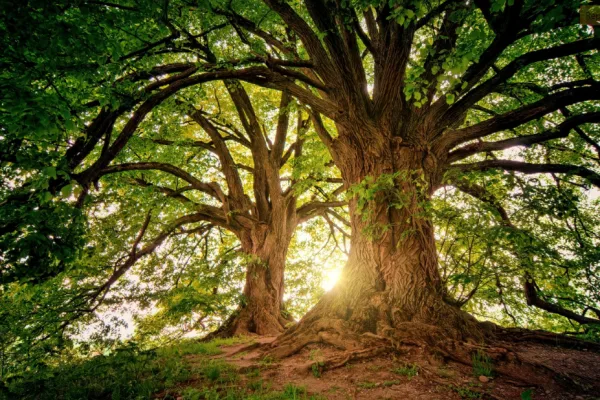
Next up on our list of Most Important species on Earth, we have those organisms on which the entire world depends, both directly and indirectly.
Trees fall under the Kingdom Plantae, which includes all autotrophic microorganisms. This means they can prepare their food by the process of photosynthesis.
Plants take up the excess carbon dioxide from the atmosphere and thus help in keeping Greenhouse gas levels in check. Their product is oxygen, which almost all animals take on this planet.
Humans are directly dependent on plants for food, timber, oxygen, and an endless list of products and are therefore extremely important for human survival.
3) Plankton

Plankton is tiny, microscopic organisms that reside at the lowest level of the food chain. These organisms are one of the most important species on Earth. Phytoplankton is autotrophic, i.e., they prepare their food by photosynthesis.
Plankton is found in the endless ocean waters, where they take up carbon dioxide and release oxygen into the waters. This oxygen produced helps marine life to thrive and also accounts for almost half of the oxygen we take in.
Zooplankton, on the other hand, serves as food for fish and other marine creatures that are in turn of great value to humans.
2) Earthworms

In the second position on our list of Most Important Species on Earth and for human survival, we have these harmless crawlers. Termed as “farmer’s friends,” these creatures are of great help in agriculture.
Earthworms feed on microorganisms and dead decaying matter, and their excretion is extremely rich in organic matter, which plants use up.
As they feed and move ahead into the soil, they churn and create burrows. These activities help immensely in soil aeration and provide oxygen to the plant roots. Earthworms are getting increasingly popular for their role in “vermicompost.”
1) Bees
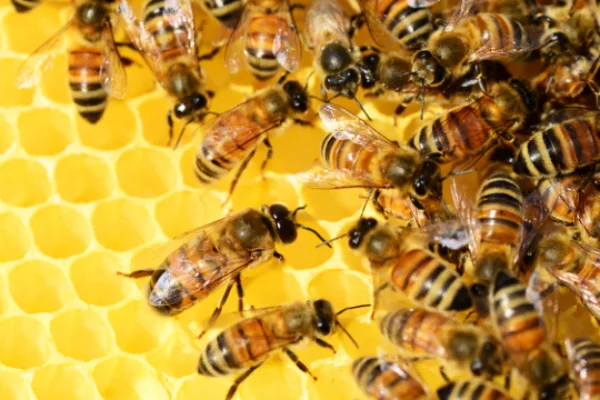
Bees are excellent pollinators and account for a significant share of pollination. These tiny creatures travel kilometers from their hives to collect nectar from flowers. In the process, they aid in pollination.
In the United States, bees pollinate around 80% of flowering plants. Many food crops depend on bees for pollination and hence play a highly essential role in establishing the Earth’s greenery.
Humans are directly dependent on them for pollination and honey and are therefore essential creatures for humanity’s survival.
Why are Keystone Species important?
The essence of the term keystone species implies that they are the most important species in an ecosystem. Their role is analogous to the keystone in an arch.
By their lifestyle, the keystone species directly or indirectly help other species to thrive and are therefore extremely important for the ecosystem. Let us understand the concept with the help of an example.
In the above list, we have mentioned bees as one of the most important keystone species in the world. Bees primarily collect nectar from flowers, and while doing so, they carry the pollen from that plant.
When they visit another flower, the pollen gets transferred. Thus, with the help of the bees, the plants thrive. These plants, in turn, might be sources of food for several species, like birds, insects, and even animals.
Now, if we remove bees from the system, almost negligible pollination will take place, leading to a sharp decline in the plant population. This will directly affect the plant-dependent animals and will lead to their downfall as well.
Thus, we see how with one species, the other creatures’ lives are intertwined.
Though in the article, we have mentioned how the Ten species affect humans, it is humanity whose activities are leading to their decline.
Mobile phone towers interfere with the bee’s natural sense of direction and communication, often leading to them getting astray. These signals also affect birds, who become a victim of excessive radiation.
Overfishing, pollution, and habitat destruction are primary reasons why keystone species all around the globe are such severely affected.
Along with the keystone species, those other species whose lives were linked to them also get a massive hit. Thus, the ecosystem may experience a dramatic shift in the removal of keystone species.
Some Other Keystone Species:
- Sea otters: Sea otters are a keystone species in kelp forest ecosystems. They feed on sea urchins, which are herbivores that graze on kelp. Without sea otters, the sea urchin population can proliferate and overgraze the kelp forests, leading to the collapse of the entire ecosystem.
- African elephants: African elephants are a keystone species in savanna ecosystems. They help maintain the savanna’s grasslands by trampling and uprooting trees, which creates open areas for grasses to grow. Their dung also provides nutrients for the soil, which benefits many other species.
- Gray wolves: Gray wolves are a keystone species in forest ecosystems. They are apex predators that help regulate prey species like deer and elk populations. Their hunting also creates opportunities for scavengers like ravens and bears.
- Beavers: Beavers are a keystone species in wetland ecosystems. They build dams that create ponds, providing habitat for various species, including fish, birds, and amphibians. Their dams also help regulate water flow and prevent erosion.
- Prairie dogs: Prairie dogs are a keystone species in grassland ecosystems. They are burrowing rodents that create tunnels and mounds that help aerate the soil and distribute nutrients. Their burrows also provide shelter for various species, including snakes and burrowing owls.
Here, we conclude our article on the Top 10 Most Important Species on Earth. We hope you have liked our article. We will be back with more informative articles. Until then, you can glance at many other articles on our website.
Image Source: Wikipedia
Also Read:

Meet Abhidept (nickname Monty), the visionary founder of How It See, being an engineering student, he’s fueled by an insatiable curiosity about the world around him. He is captivated by an eclectic correlation between animal groups, science, and nature, and this fascination drives his quest for understanding.
After completing his degree, he’s set on a mission to delve deep into the realm of nature, accumulating knowledge to share with you through his writing. In the meantime, he loves to watch anime and read anime.
